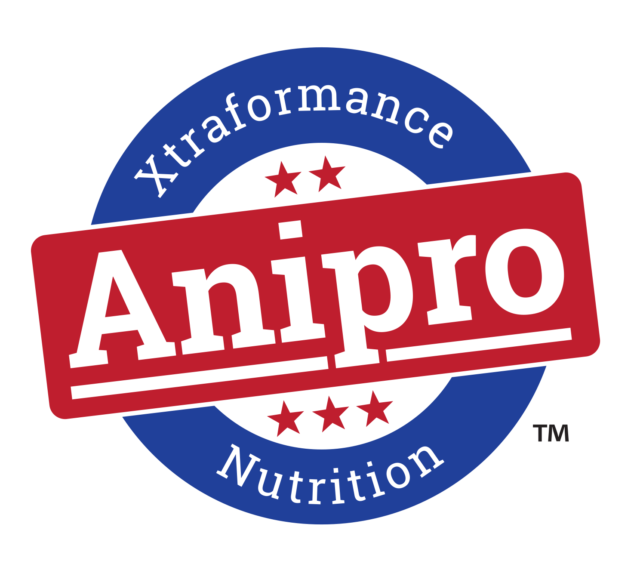Finished cattle prices fell to summer lows in early August, slightly below $120 per hundredweight. Prices recovered somewhat into the low $120s in August and September, but have recently moved toward $130.
The anticipation of small beef supplies in the coming year has been well documented. Per capita beef supplies will likely be down about five percent for the rest of this year and well into 2014.
The loss of cattle in South Dakota due to the early-October blizzard gained national attention and may have helped support the idea that cattle supplies would be even tighter. However, the reduction is not large in terms of the national impact.
Even at 100,000 head of losses, which is the upper end of estimates so far, that represents only one-tenth of one percent of the nation’s 89 million head of cattle. If one-half of the animals were beef cows that still represents less than two-tenths of one percent of the nation’s beef cow herd.
Losses of this magnitude are huge for individuals, but not highly significant for beef supplies on a national basis. The blizzard losses would be expected to increase finished cattle prices by only 20 to 35 cents cwt over the coming year.
Feeder cattle futures reached record high prices on Oct. 14 at nearly $1.70 per pound, driven by a combination of high finished cattle futures and low feed prices. December corn futures, as an example, touched lows on Oct. 14 at $4.32 per bushel. Calf prices have likely reached $175 cwt, or higher, at Plains markets, although USDA reports have not been published due to the partial government shutdown that ended Oct. 17.
The direction of calf and feeder cattle prices will be determined by the strength of finished cattle prices and the direction of feed prices. Feed prices seem to hinge mostly on yields for corn and soybeans and on early signs of demand growth in the export market.
How much more upside is there in finished cattle markets? Prices are expected to move into the very low $130s in November and average about $130 for the October to December quarter. Further strength is expected into March and April with highs reaching the mid-$130s. First quarter averages are expected to be about $133 and second quarter near $132.
On an annual basis, cattle prices should set new record highs this year near $126 and break that record once again in 2014 with an average near $130 for the entire year.
The most recent monthly Cattle-on-Feed report was also a casualty of the partial shutdown. However, with abundant feed resources and much lower prices, the small number of calves that are available are expected to move to feedlots and be placed at lighter weights than a year-ago when feed was high priced.
Lower priced feed and the expectations for increasing finished cattle prices over the next four to five months should also encourage feedlot managers to feed to heavier weights.
Some brood cow producers in areas where pastures have returned are expected to begin heifer retention this fall. However, it is estimated that dry regions still represent about 45 percent of the brood cow herd that are not expected to expand until better pasture and forage conditions prevail. Overall, this means that the expansion of the beef herd will remain slow into 2014.
With low cattle numbers, there is considerable excess capacity in feedlots and packing facilities. Both packers and feedlots tend to have large fixed costs in facilities. The combination of excess capacity and high fixed costs means that both will tend to bid strongly for the limited cattle numbers.
Ultimately this strong bidding gets back to the brood cow producer in the form of record high calf and feeder cattle prices. Unfortunately, these conditions also mean that the margins for both packers and feedlots, while better than in the past year, will still be narrow and will likely be less than their total costs.
The beef cattle industry has been downsizing, with falling numbers for several years. Continued excess capacity likely means one to two more years of downsizing. Then, if beef cow numbers begin to slowly turn upward in 2014, downsizing of cattle feeding capacity may end in 2015 and in the packing industry by 2016.
The years beyond 2016 should provide some expansion for the beef cattle industry, but still a slow upward growth. A slow upward trend is not highly optimistic, but much better than the declining trends of recent years. ![]()
Chris Hurt is an extension economist for Purdue University.







